Florida has lagged in renewable energy use, but declining solar costs are set to change that.
- By John Fialka, E&E News on November 2, 2018
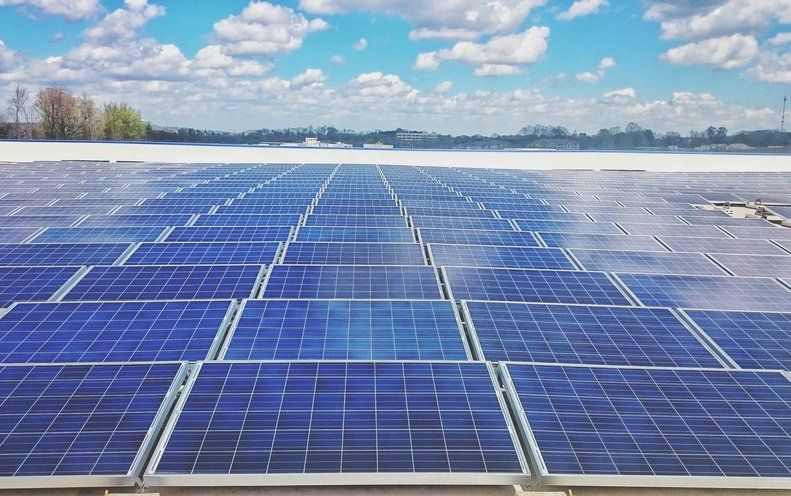
Florida has lagged in renewable energy use, but declining solar costs are set to change that.

Tesla owners will soon be able to drive their cars with their phones, Elon Musk said.
Tesla CEO Elon Musk said on Thursday via Twitter that an upcoming software update will allow Tesla owners to drive their cars with their phones in some situations.
“Car will drive to your phone location & follow you like a pet if you hold down summon button on Tesla app,” Musk said.
“Also, you’ll be able to drive it from your phone remotely like a big RC car if in line of sight,” he added.
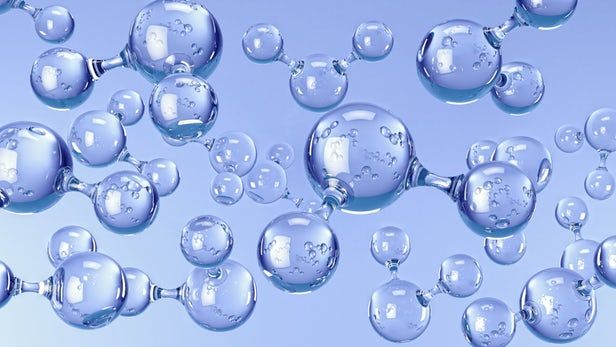
One of the main methods of producing hydrogen for fuel cells is to use artificial photosynthesis to split water into hydrogen and oxygen, but these devices still suffer from some efficiency issues. Now a new hybrid device may be able to recover some of the energy that would otherwise go to waste, by producing both hydrogen and electricity.
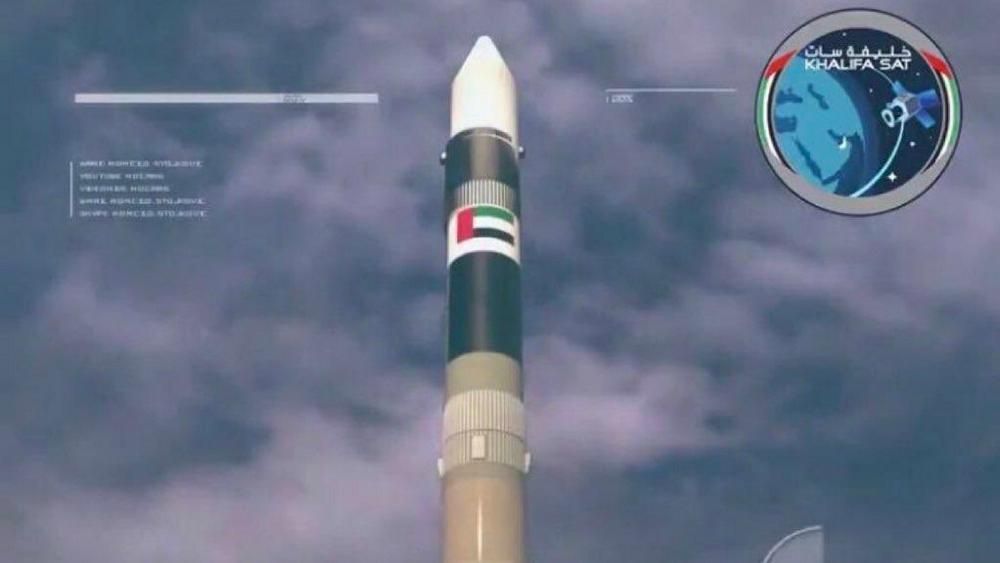
KhalifaSat, the first-ever Emirati-manufactured satellite successfully launched into space from Japan’s Tanegashima Space Centre on October 29.
As well as KhalifaSat, the H-2A rocket also launched carrying Japan’s environment satellite, GoSat-2.
KhalifaSat is an Earth observation satellite set to monitor environmental changes, such as the effects of global warming in the North and South Poles.

Exposure to toxic air both indoors and out kills some 600,000 children under the age of 15 each year, the World Health Organization warned Monday.
Data from the UN health body shows that every day, 93 percent of children under the age of 15—a full 1.8 billion youngsters, including 630 million under the age of five—breath dangerously polluted air.
This has tragic consequences: In 2016 alone, some 600,000 children died from acute lower respiratory infections caused by polluted air, the WHO report found.

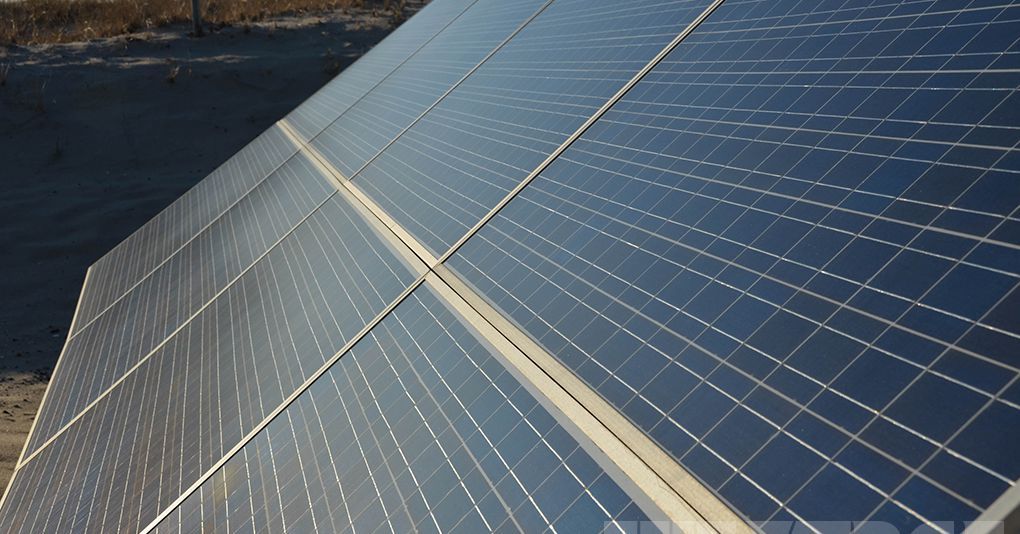
https://paper.li/e-1437691924#/
Solar panels might be the energy source of the future, but they also create a problem without an easy solution: what do we do with millions of panels when they stop working?
In November 2016, the Environment Ministry of Japan warned that the country will produce 800,000 tons of solar waste by 2040, and it can’t yet handle those volumes. That same year, the International Renewable Energy Agency estimated that there were already 250,000 metric tons of solar panel waste worldwide and that this number would grow to 78 million by 2050. “That’s an amazing amount of growth,” says Mary Hutzler, a senior fellow at the Institute for Energy Research. “It’s going to be a major problem.”
Usually, panels are warrantied for 25 to 30 years and can last even longer. But as the solar industry has grown, the market has been flooded with cheaply made Chinese panels that can break down in as few as five years, according to Solar Power World editor-in-chief Kelly Pickerel.

An 11-acre island in the Pacific Ocean has vanished after Hurricane Walaka, one of the most powerful storms to sweep through the area, struck the island in early October.
Satellite photos show that East Island, located roughly 550 miles northwest of Honolulu, Hawaii, was wiped off the map during the hurricane.
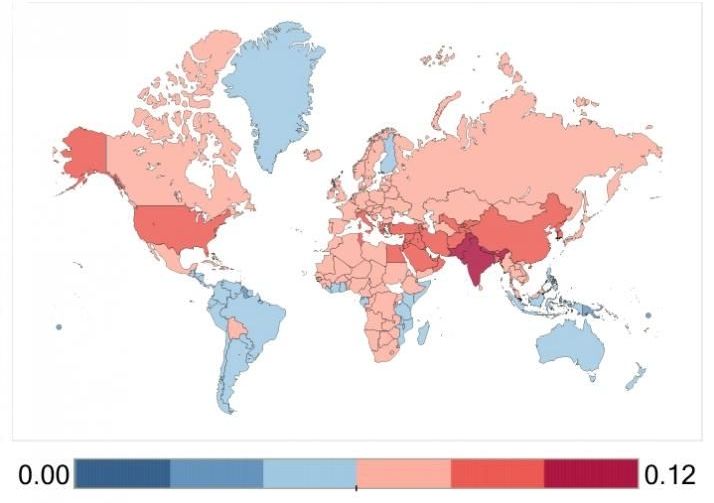
The new research suggests that:
WASHINGTON, DC (Oct. 24, 2018)— Nine to 33 million visits to the emergency room (ER) for asthma worldwide may be triggered by breathing in air polluted by ozone or fine particulate matter—pollutants that can enter the lung’s deep airways, according to a study published today.
Scientists have long known that breathing in air sullied by car emissions and other pollutants could trigger asthma attacks. However, the new study is the first to quantify air pollution’s impact on asthma cases around the globe.
“Millions of people worldwide have to go to emergency rooms for asthma attacks every year because they are breathing dirty air,” said Susan C. Anenberg, PhD, MS, lead author of the study and an Associate Professor of Environmental and Occupational Health at the George Washington University Milken Institute School of Public Health (Milken Institute SPH). “Our findings suggest that policies aimed at cleaning up the air can reduce the global burden of asthma and improve respiratory health around the world.”
Six-hundred million people in Sub-Saharan Africa lack access to electricity. To meet these power needs, a mix of large public-run utility grids and standalone systems will be necessary for universal access in the region. Governments, aid organizations, and scientists are working to understand which electricity grid solution would be most cost-effective and reliable across urban, peri-urban, and rural areas.
Standalone, or “decentralized” electricity systems—most often solar power with battery storage—are usually thought to be too expensive compared to large state-run grids in all but the most remote locations. However, declining costs of solar and new battery technologies are changing the best pathways to deliver reliable power to people that currently lack access to electricity. New UC Berkeley research published today in Nature Energy finds that decentralized electricity systems in sub-saharan Africa can be designed for extremely high reliability, and that this may come at remarkably low costs in the future.
Jonathan Lee, a Ph.D. candidate in the Energy and Resources Group (ERG) and Associate Professor Duncan Callaway worked with more than 10 years of solar data from NASA and developed an optimization model that determines the lowest cost way to build a standalone system given component costs and a target reliability. At current costs, their model indicates that most regions in Sub-Saharan Africa can get 95% reliable power—meaning customers can use electricity from some combination of solar panels and batteries 95% of the time—for roughly USD$0.40 per kWh. Though that cost is high relative to current grid costs, their model indicates that with aggressive but plausible future cost declines in decentralized system costs, largely in batteries, these costs would drop to levels competitive with the grid in many parts of the continent in less than a decade.